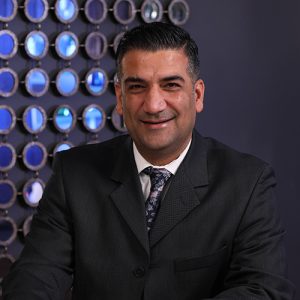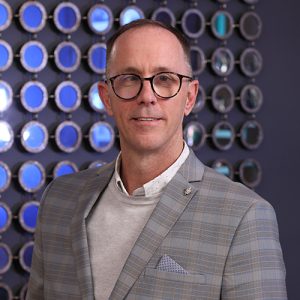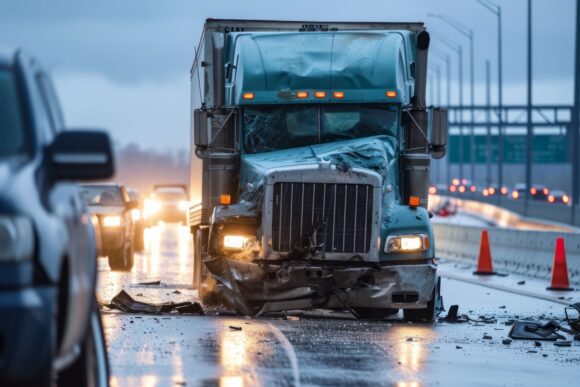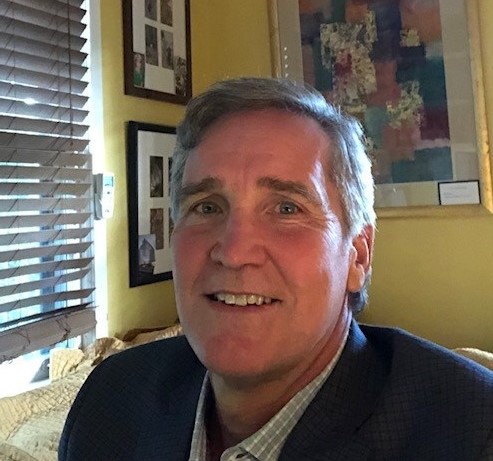Harish Kapur, CEO of Across America Insurance Services, likes to tell the story of how his company’s chief defense lawyer became fed up with Kapur’s frequent requests for lower settlements on claims disputes.
“He fired us. He literally fired us,” Kapur said. “He said, ‘The way you do things, I’m not going to do it.'”
The attorney last November had urged the insurance company to settle an accident claim for almost $1.2 million. But Across America, a managing general agent that writes coverage for commercial transportation and trucking – enterprises that are frequent targets of plaintiffs’ lawyers – did things Kapur’s way.
The company settled the claim for $190,000. Kapur sent a nice note to his former lawyer, gloating about the cost savings.
The episode epitomizes what Across America officials say is an unorthodox but better way to run an insurance company: Instead of immediately turning claims disputes over to lawyers, as he believes many property and auto insurers do, the Riverside, California-based company relies on a crack team of in-house adjusters – some of whom have no background in claims management. They perform a deep dive on claims and claimants.

Kapur has found that plaintiffs often aren’t as well prepared as they profess to be, and will settle for smaller amounts.
“Your adjusters need to know the ins and outs of every file and use common sense,” Kapur said. “Our adjusters have to know everything about the file.”
Across America executives believe they have the numbers to back up the philosophy. After the company dismissed its third-party claims administrator firm and developed its own multi-step approach, the average claim payout dropped from $29,000 in 2020 to about $5,700 this year. Attorney fees went from about $5,400 per file to … wait for it … $349, according to company data.
“A lot of it is, the attorneys and TPAs, they want to spend like it’s not their money, because it’s not,” said Chief Operating Officer Tim Kane, based in St. Petersburg, Florida. “When it’s not your money, it’s easy to pay $500,000 on a claim when it should really cost you only $50,000 or $100,000.”
The company writes in most states on a non-admitted basis, giving it more freedom to cancel policies and limit costs. But it also puts a big emphasis on closing bodily injury claims as quickly as possible. When the previous claims management firm was handling matters, the 30-day closure rate was just 4%. Now it’s up to 51%, company data show. The firm’s loss ratio is about 40% this year, so low that some reinsurance providers have doubted the veracity of the numbers, Kane said.
Some larger insurers, particularly those in Florida, where litigation expenses have been a huge drag on carrier profits in recent years, might point out that Across America is small – insuring just about 3,000 trucking firms and 30,000 vehicles around the country. Florida’s largest private property insurer, Universal Property & Casualty Insurance, by contrast, had more than 820,000 policies in force and more than 9,000 lawsuits pending at the end of last year.
Attorneys on both sides have said that Universal’s staff has appeared to be almost overwhelmed with claims and litigation matters in the last few years.

But Kapur argues that his firm handles lots of claims – some 1,600 in a two-year period, many of them from lawsuit-happy Florida. He believes his anti-litigation approach is scalable, and insurers large and small should take note.
“Do we litigate? Yes, absolutely. We’re ready to fight – when we have to,” Kapur said. “But if you know your case and know your file, a lot of times, they don’t want to go to trial.”
The story of how Across America developed its business model began in the 1990s. Kapur grew up in India and moved to the United States when his father, a mechanical engineering professor, accepted a job offer. By 1996, Kapur and his wife Rajni, a CPA by training, were operating a Farmers Insurance agency. In 2003, they launched their own independent agency specializing in commercial coverage. Twelve years later, the couple launched Across America as an MGA, wholesale brokerage and fronting company.
For the first few years, Across America utilized a TPA claims firm that Kapur declined to name. Unsatisfied with the slow speed of claims closure and the large payouts on claims, he switched to another TPA. Finally, in 2020, Harish Kapur decided to bring it all in-house and created All American Claims Solutions.
After a while, the CEO moved his desk into the claims department, getting knee deep in the claims processing side of the business. For almost two months, Kapur and Kane worked, sometimes at Kapur’s kitchen table, to completely revamp the claims system and devise a checklist-driven process for adjusters to use in investigating claims.
They found out that the process of producing a better process is never ending.
“We built it for a month, then we refined, refined, refined,” said Kane, a former insurance consultant, business analyst and information technology director. “That’s what you have to do. Bigger companies usually want a beginning and end to a project. But that’s not the way it really works. You have to keep coming back around to it and looking at it again and again.”
Kapur admits that the focus on adjusting means that good adjusters are paramount. But finding top-notch adjusters can be difficult. He said he’s discovered that people with little or no experience in the field are easier to train and bring fresh ideas to the table. Kanwarpreet Gill, assistant vice president for claims, was flipping burgers at a Shake Shack when Kapur recruited him for the insurance business.
Gill, who has a finance degree from the University of California-Riverside, has proven to be a strong negotiator on settlements.
“He can sit there in a mediation and make an attorney go get a glass of water because the attorney doesn’t know how to respond,” Kapur said.
And almost all staffers work in the office. Few work from home, a rule that contributes to collaboration and a team approach, he noted. The firm, with 85 employees total, has about 20 claims professionals.
Across America also has nurses on staff to review medical bills and gauge if future development is being exaggerated by claimants. A former body-shop estimator checks damage claims to see if estimated repair time has been fudged.
The insurer uses other methods that are tried and true in the industry: On one claim, an accident victim said she had been immobilized and depressed by the crash with a big truck. But her posting on TikTok showed her dancing on her kitchen counter and then blaming her angst on her father and her divorce.
Another trick: Get the insured involved. Fleet safety managers know the condition of the vehicle. And truck drivers are often the first to see the extent of the other parties’ injuries. If the victim is walking around after a collision, it could mean the injury is less than severe, Kapur and Kane noted.
Adjusters, not lawyers, make it work, they insist.
“Why can’t adjusters get medical records? Why does it need to be an attorney doing that?” Kapur said.
This article has been updated.
Topics Claims
Was this article valuable?
Here are more articles you may enjoy.



 White House Seeks to Bring Financial Regulators Under Its Sway
White House Seeks to Bring Financial Regulators Under Its Sway  Major Florida Grower to Build New Home Development After Ending Citrus Operations
Major Florida Grower to Build New Home Development After Ending Citrus Operations  Markel Insurance Restructures Markel Specialty, Appoints Leaders
Markel Insurance Restructures Markel Specialty, Appoints Leaders  USI Says Lockton, Former Team Leader Poached Workers, Harmed Client Relations
USI Says Lockton, Former Team Leader Poached Workers, Harmed Client Relations 


